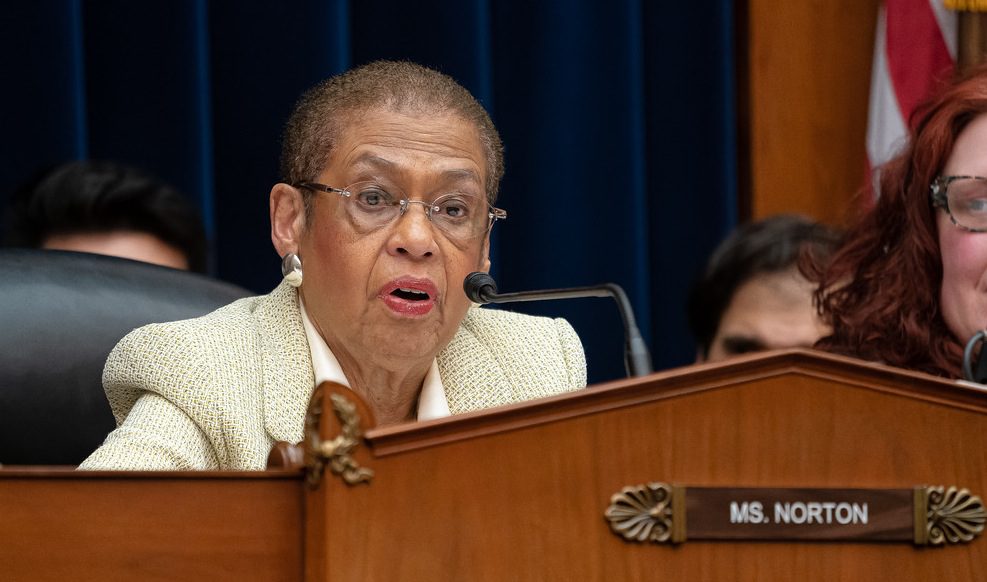D.C. Statehood Passes Committee: Now on to the House
By • February 12, 2020 0 1195

Statehood for D.C. was passed by the full House Committee on Oversight and Reform on Feb. 11 after an eight-hour marathon discussion that saw Democratic and Republican legislators dig in to their positions and vote along party lines.
The Democratic majority defeated 15 amendments suggested by Republicans and passed the original legislation, H.R. 5803 — “The Washington D.C. Admission Act” — 21 to 16.
“It shouldn’t be a partisan issue,” District Council Chairman Phil Mendelson told The Georgetowner just before the 10 a.m. committee markup of the bill began. “It used to be that lots of Republicans were for statehood for the District, but now it is very split along partisan lines.”
Mendelson predicted that the markup — where only members of Congress speak and argue about the bill, with no outside witnesses — would be long and contentious. He also predicted it would pass along party lines after a long day and that eventually it would probably be passed by the House along party lines. Then it would die before making it to the Senate. Majority Leader Mitch McConnell (R-Kentucky) has said he would not consider the District statehood bill this session.
The last time a D.C. statehood bill made its way to the full House was in 1993.
Mendelson was right in his predictions. After three hours, he, Mayor Muriel Bowser and several members of the D.C. government entourage left their front-row seats. “I’ve heard enough,” Bowser told a crowd of journalists and statehood advocates, wearing T-shirts and waving signs outside the hearing room in the Rayburn Office Building.
The bill, introduced by Del. Eleanor Holmes Norton (D-D.C.), is supported by 233 sponsors, a historic high number. It would shrink what in the Constitution is called “the seat of the federal government” to a two-square-mile enclave. The new District of Columbia would encompass the White House, Capitol Hill, the Supreme Court and other federal buildings, most around the National Mall.
The rest of the roughly 66 square miles of today’s District, where some 700,000 residents live, would become the state of Washington, Douglass Commonwealth, named for abolitionist Frederick Douglass. The new state would probably have two senators and one representative in Congress.
During the discussion at the mark-up, Democrats brought up issues of voting rights, gun control, abortion and immigration. “The issue is about democracy for all,” said Rep. Jamie Raskin (D-Maryland), with Committee Chair Carolyn Maloney (D-New York) in agreement.
Republicans, including ranking member Jim Jordan (R-Ohio) and James Comer (R-Kentucky) argued passionately that to change the character of the District would require a Constitutional amendment. “The land was ceded by Maryland and Virginia specifically to be the federal district,” Clay Higgins (R-Louisiana) reminded legislators. “It could be ceded back, however.”
Among the 15 amendments considered was one introduced by Thomas Massie (R-Kentucky) that was six sentences long. It proposed that, in reconfiguring the District, federal buildings contiguous to the boundaries of the Capitol should also be included. Examples included the FBI Building and the Old Post Office on Pennsylvania Avenue. Raskin quickly labeled the proposal “The Trump Hotel” amendment. It was defeated in a partisan vote.

